Gottsunda, a neighbourhood in Uppsala, Sweden, will grow in the coming years with the development of new public places, streets, housing, businesses and infrastructure. The municipality aims for increased participation and strengthened democracy in connection with the urban development. In the autumn of 2020, the municipality of Uppsala gave the landscape architect collective Disorder the commission to lead a citizen-driven site development of Gottsunda.
Disorder developed a process with a broad scope. We wanted to meet many different target groups and test many different places, to lay a foundation for future work. In total ten tests were carried out, they were all very different different in terms of time, geography and number of participants. In total, about 100 people and local actors were involved in the process. We wanted to test and develop new methods to involve residents and local actors in the development of existing and future places in the neighborhood.
A starting point for the commission was to create visible imprints in the public space. Therefore, all tests were carried out in public places and with the ambition to temporarily change the place. In some cases, the temporary change of the space was restored immediately after the end of the test, in other cases the test led to a more permanent change, object or filmed material.
For example, in test #1 boys from a local youth club painted abstract pictures and poems inspired by a place in Gottsunda on large banners, the purpose was to start a conversation about young people's places in Gottsunda and get an idea of how young boys see their district.
In test #2 a temporary meeting place was staged outside Gottsunda Centrum to test it's potential as a meeting place and investigate how it can be made safer. The exploration led to the development of playful furniture in sheet metal.
In test #5 an urban space outside a senior citizens meeting space was temporary activated, through the installation the need to create places for activity that suits seniors' needs were highlighted.
In test #7 sit and play sculptures in colored concrete were developed in collaboration with children from the local youth club to explore what seating furniture created by young people can look like.
And test #10 was a playful and temporary meeting place with a design informed and inspired by the work with the previous tests.
Disorder designed a playful and exploratory process to be able to invite to a fun-filled participation. By making room for unexpected activities in the public space, we then temporarily created new meeting places, we also made people and activities visible by giving them space. When working with public spaces, temporary events and temporary architecture as in the process of Ten Tests in Gottsunda, are a good method for testing citizens' ideas and at the same time create temporary places for meetings and local organization.
Outcomes:
- Activation of the public space.
- Citizens leaving a mark in the public space.
- Raising new voices in the public space.
- A playful and exploratory process.
- New methods developed with low threshold for participation.
- A better understanding of public spaces from residents perspective.
- Building a network of local actors and residents.
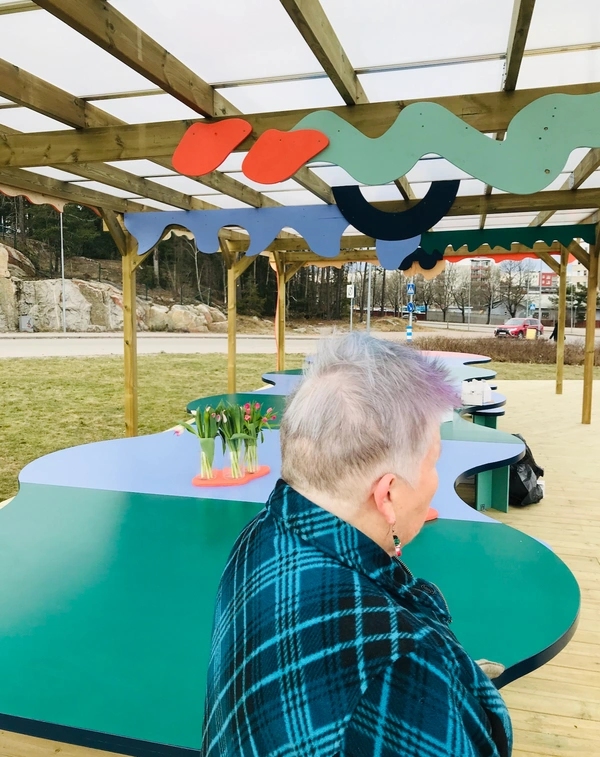
Test #10, a playful and temporary meeting place with a table designed to help keep 2 metre distance due to pandemic restrictions.
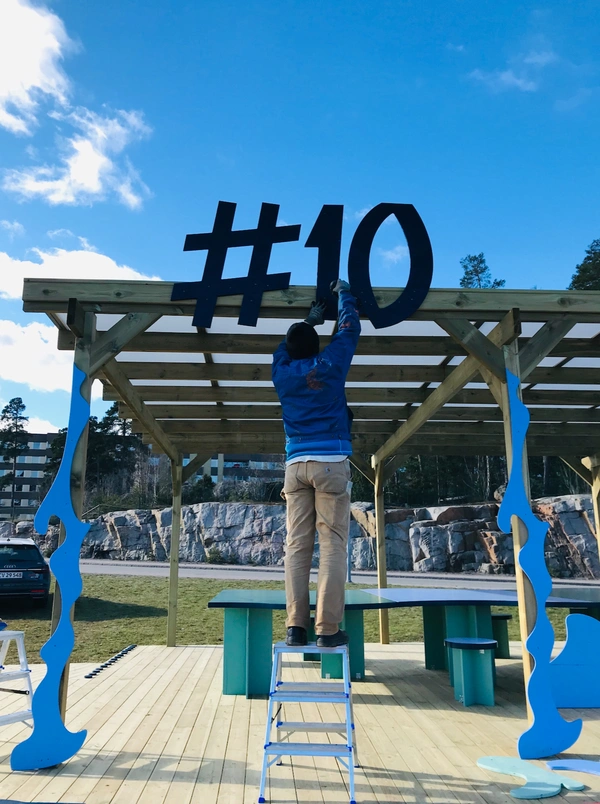
Test #10, a playful and temporary meeting place was for a week a work in progress, organically growing with the input from visitors.
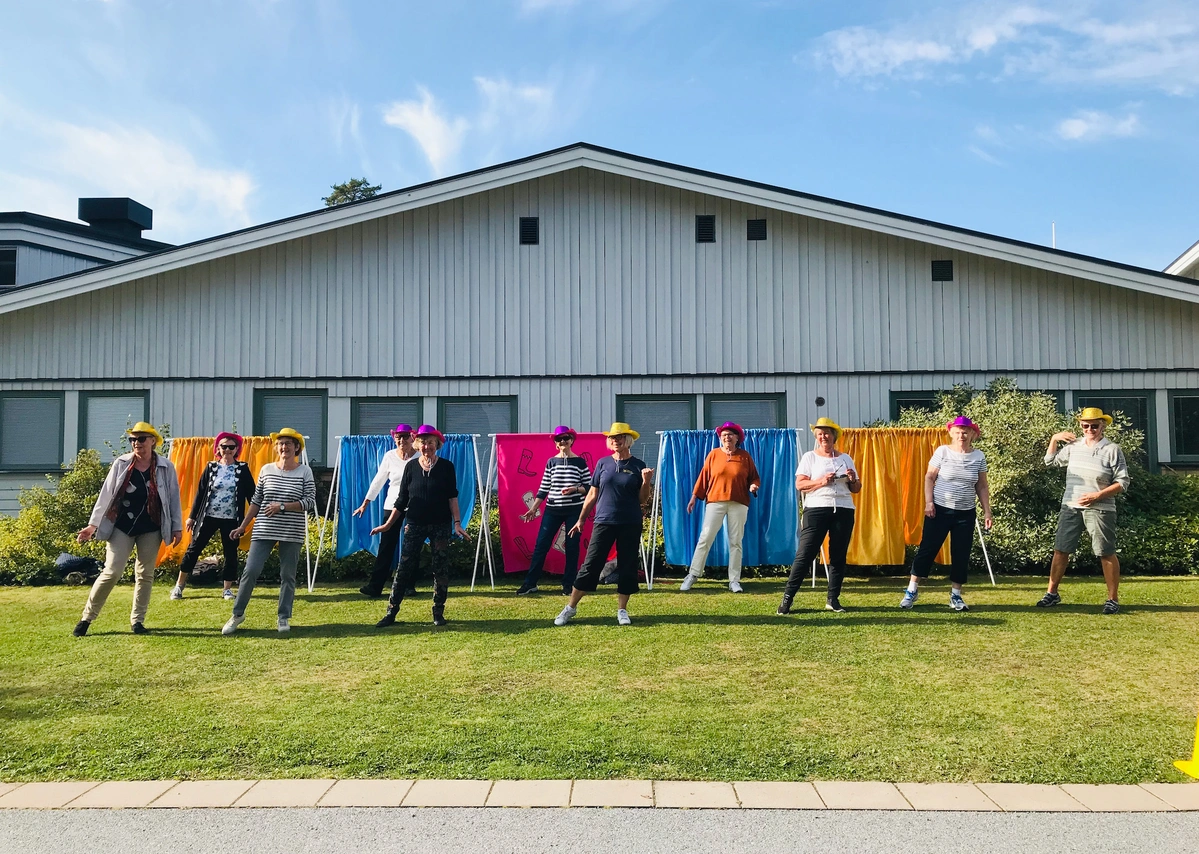
Test #5, an urban space outside a senior citizens meeting space was temporary activated, through the installation the need to create places for activity that suits seniors' needs were highlighted.
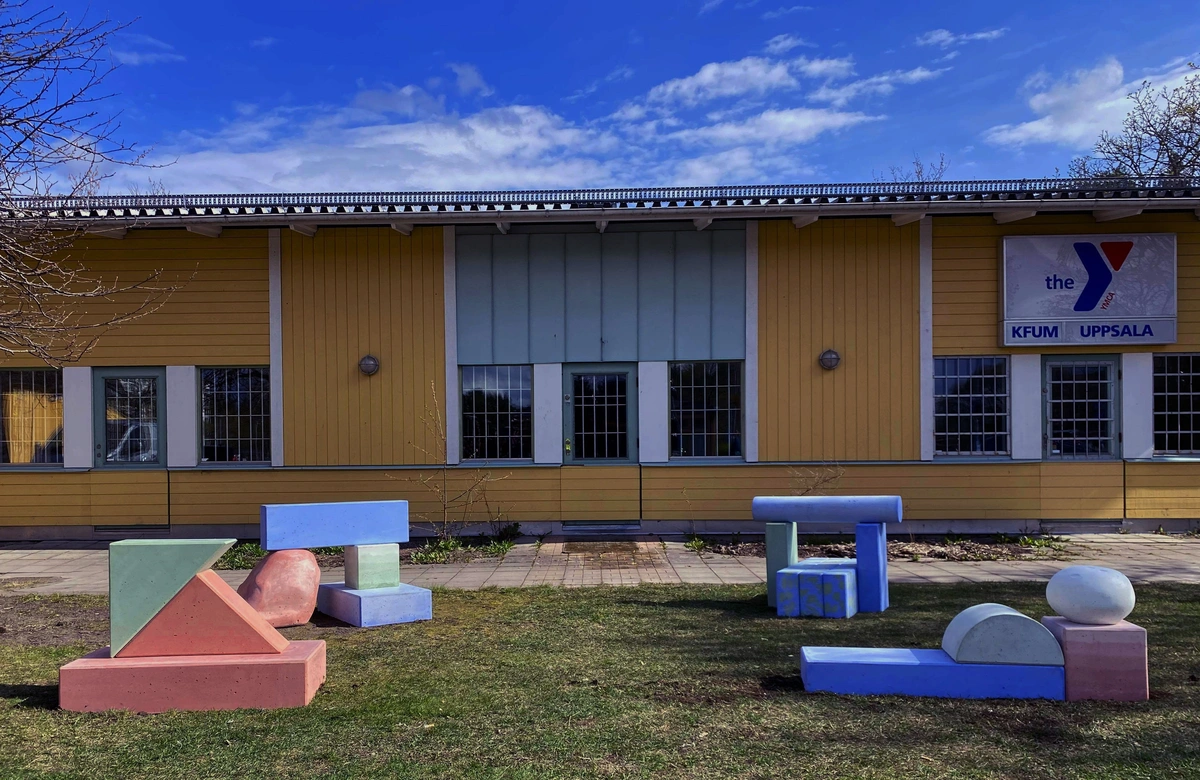
Test #7, an exploration of what seating furniture created by young people can look like led to sit and play sculptures in colored concrete developed in collaboration with children from a local youth club.
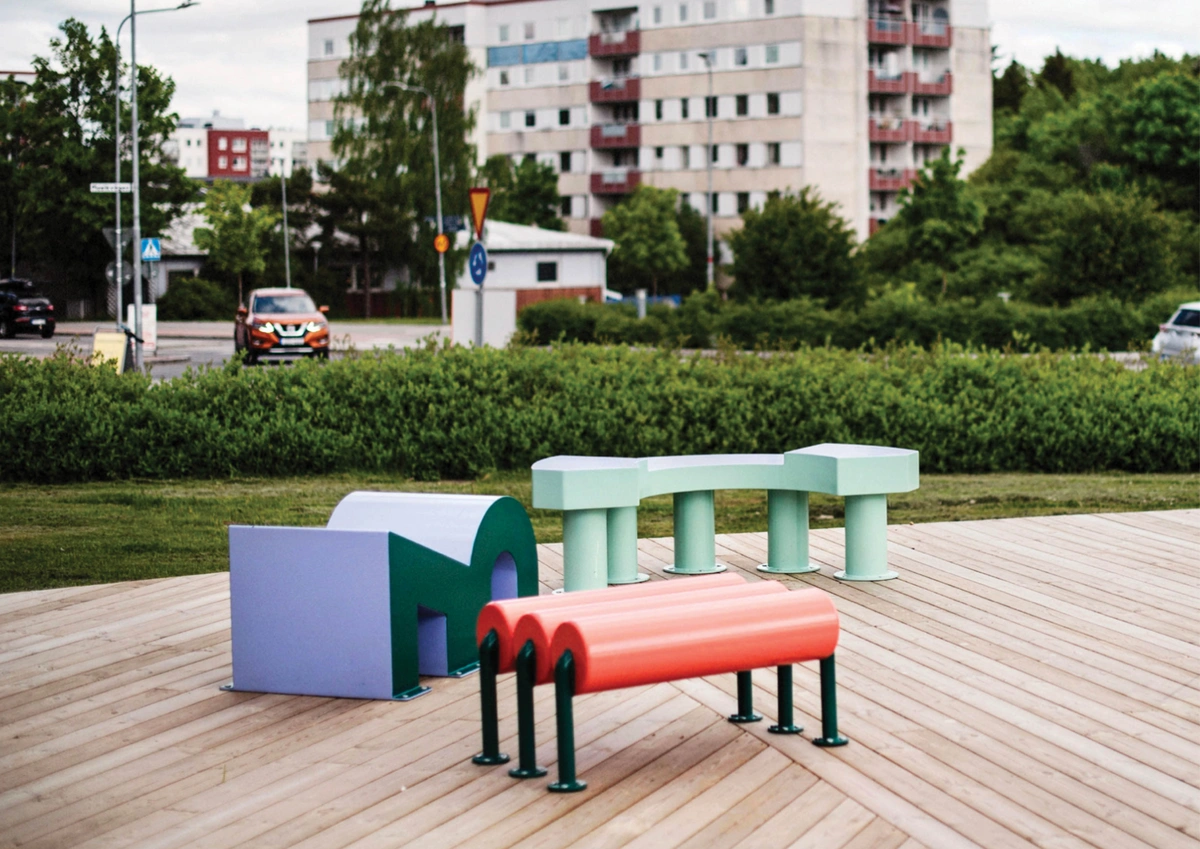
Test #2, staging of a temporary meeting place outside Gottsunda Centrum to test the place's potential as a meeting place led to the development of playful furniture in sheet metal.
In the autumn of 2020, the municipality of Uppsala gave the landscape architect collective Disorder the commission to lead a citizen-driven site development of Gottsunda. In the process Disorder collaborated with local actors, stakeholders and citizens of Gottsunda.
Disorder is an experimental and research based collective founded by landscape architects Johanna Bratel and Karin Andersson. We work in various scales, from large-scale and long-term urban development projects to temporary artistic installations - always with a focus on the public space and power structures in urban environments.
We believe a more democratic development of urban spaces is based upon inclusive and equal collaboration with citizens. Therefore we often include local users in our projects, letting them project the future as we interpret their visions and transform them into a design or a strategy.
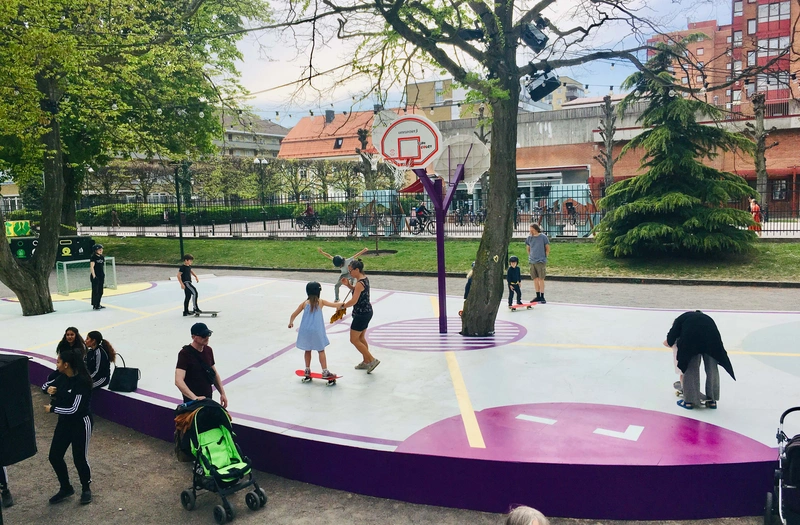
Temporary design of a space in Folkets Park in Malmö by and for young people. Developed together with 23 teenagers in a co-creative and educational design process.
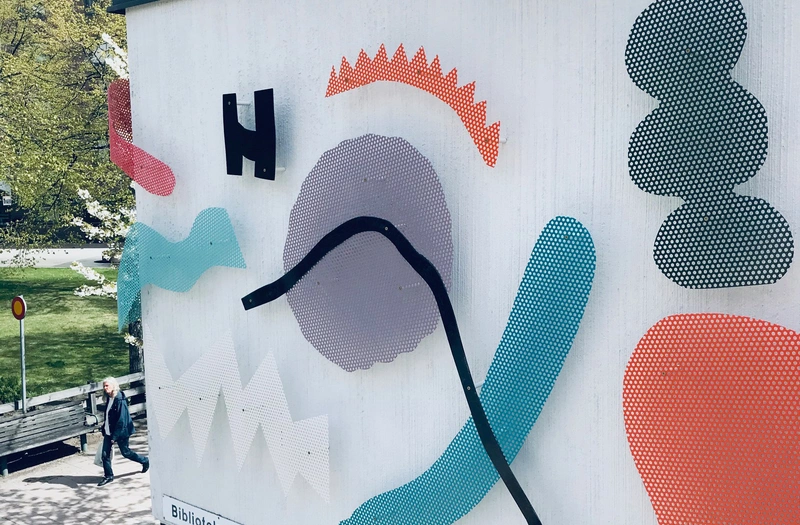
A public artwork in perforated sheet metal for the facade outside the youth center Hörnet in Täby. Developed in a co- creation process with the visitors of the youth center.
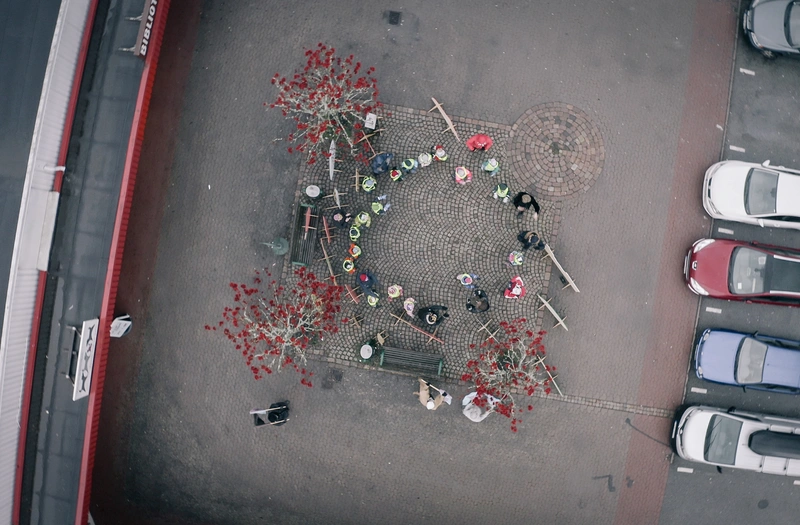
A series of public art works created in collaboartion with in total eighty children at five preschools in Tenhult and Ödestugu, including; a perfromance, steel sculptures, wood sculptures and a mobile scenography.
